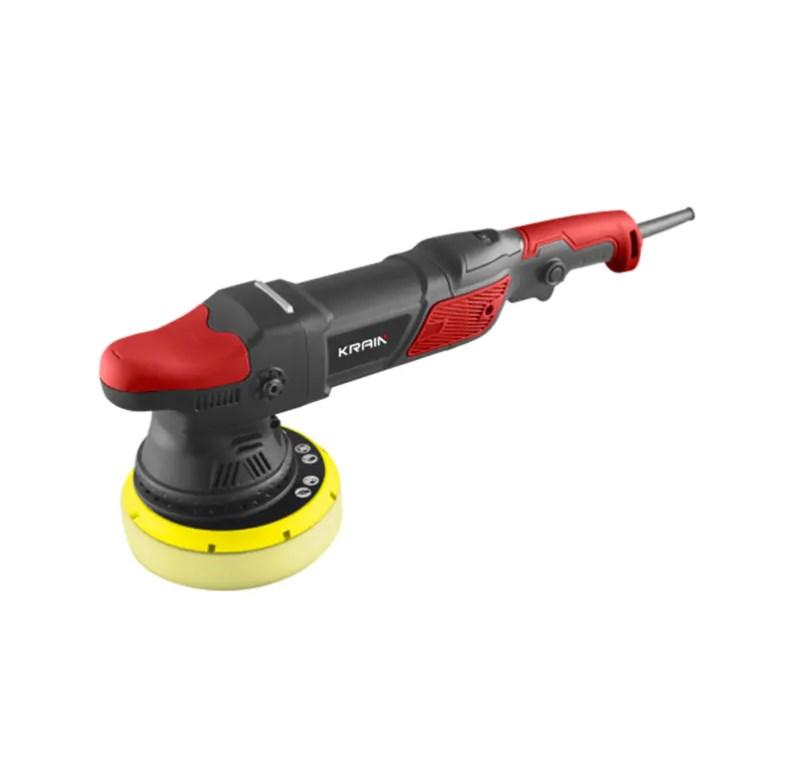Buffing and polishing with an electric buffer polisher requires finesse and expertise to ensure good results across a variety of surface materials. Whether you're tackling automotive paintwork, wooden furniture, or metal surfaces, understanding the nuances of the process and avoiding common pitfalls is crucial for achieving a flawless finish.
When handling different surface materials with an electric buffer polisher, it's essential to tailor your approach to the specific requirements of each material. For delicate surfaces such as automotive paint, choose a softer pad and lower speed settings to reduce the risk of damage. Conversely, tougher materials like metal may require higher speeds and more aggressive polishing compounds to achieve desired results without excessive effort.
Common mistakes abound in the realm of electric buffer polishing, but awareness and precaution can help you steer clear of them. One frequent error is applying too much pressure, which can lead to uneven polishing, swirl marks, and even damage to the surface. Instead, maintain a light and consistent pressure, allowing the buffer's rotational motion to do the work effectively.
Another pitfall to avoid is neglecting proper pad maintenance. Over time, pads can accumulate polish residue and debris, diminishing their effectiveness and potentially causing scratches. Regularly cleaning and replacing pads as needed ensures good performance and prolongs the lifespan of your electric buffer polisher.
To achieve the best results with an electric buffer polisher, several key strategies come into play. Firstly, preparation is paramount. Thoroughly clean and dry the surface before polishing to remove any dirt, debris, or contaminants that could interfere with the process. Additionally, masking off sensitive areas or edges helps prevent accidental damage during polishing.
Selecting the appropriate polishing compound and pad combination is crucial for achieving the desired level of gloss and clarity. Experimenting with different combinations allows you to tailor your approach to the specific requirements of each project, whether it involves paint correction, scratch removal, or general enhancement.
Proper technique is also essential for reducing the effectiveness of your electric buffer polisher. Maintain a steady hand and consistent motion, overlapping each pass slightly to ensure uniform coverage and avoid patchy results. Pay attention to the speed and pressure settings, adjusting them as needed to achieve good performance without risking damage to the surface.
Regular inspection and evaluation of your work allow you to identify any areas that may require additional attention or refinement. This iterative process enables you to hone your skills and achieve increasingly impressive results with each project.
In conclusion, mastering the art of electric buffer polishing requires a combination of knowledge, skill, and attention to detail. By understanding how to handle different surface materials, avoiding common mistakes, and employing effective techniques, you can unlock the full potential of your electric buffer polisher and achieve professional-quality results every time.



